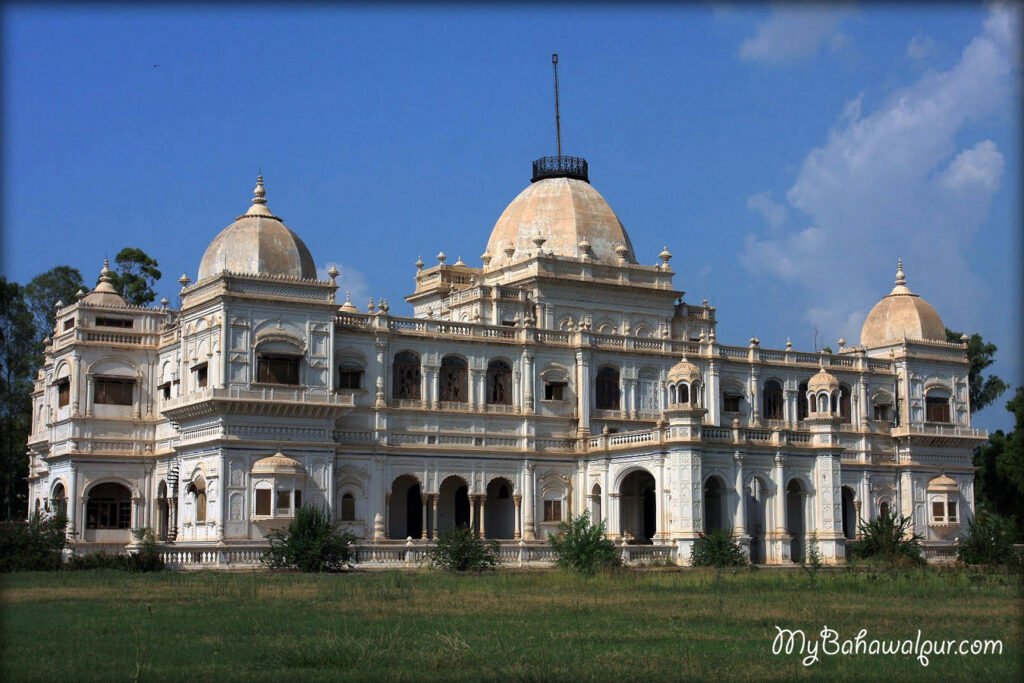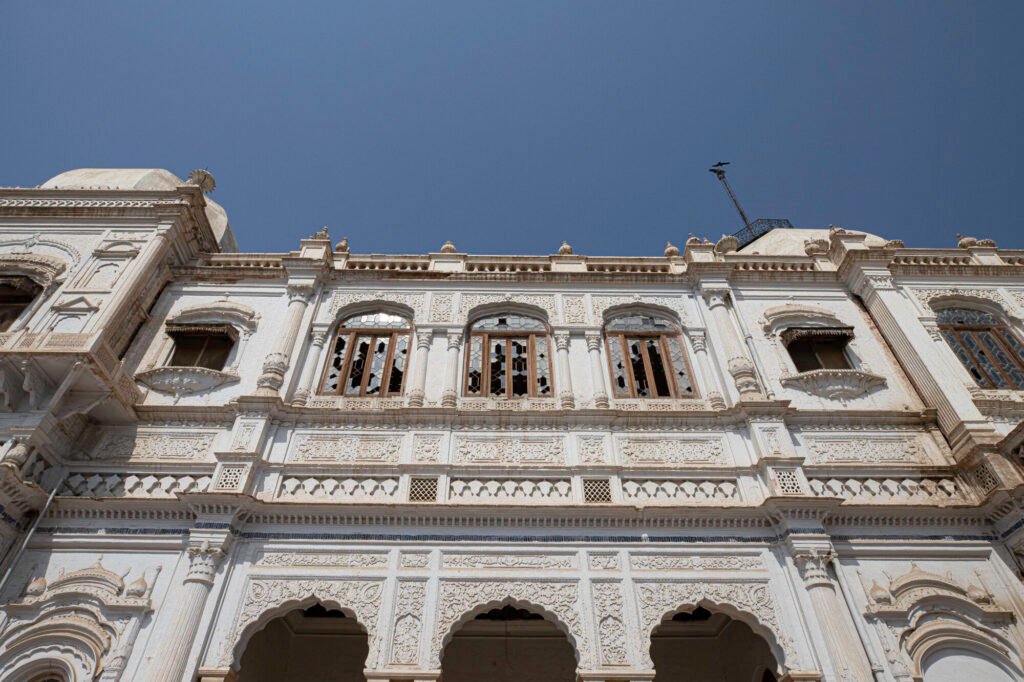Located in the heart of [Region/ Country], Sadiq Garh forms more than a historical site; rather, it stands as a living testimony to centuries of cultural evolution. From the very origin to the modern-day status, the history of Sadiq Garh narrates a tale so absorbing that it is one of architectural brilliance, political intrigue, and great cultural significance. The present article attempts to trace the interesting journey of Sadiq Garh through a story of its origin, architectural marvels, and lasting impact on the course of local and regional history.
Origins of Sadiq Garh
It was established by the early times of by the. Hence, it was to be at a very strategic location, possessing all the resources required to. Some key persons involved in its foundation included, and hence, Sadiq Garh was to be an important monument in the area.

Sadiq Garh Palace Dera Nawab Bahawalpur
Architectural Evolution
The architectural evolution in Sadiq Garh exemplifies the change in taste and technological advancement that has taken place over a number of centuries. Having been originally designed in an early architectural style, the site has gone through many renovations and changes. In various places of its design, the influence of architectural styles or cultures can be seen, comprising specific architectural elements. These changes give not only a face-lift to Sadiq Garh but also signify with time the transition of history and culture.
Historical Importance
Sadiq Garh has always played a very important role in regional politics and history. It was the witness to all momentous events, starting with the genesis of Bahawalpur, which set the state’s destiny in stone forever in the annals of history, local and national. The site has been witness to various empires and Political Change, all making their mark upon its history. The influence of Sadiq Garh goes past politics into touching the local culture and society in deep-reaching ways.
Cultural Significance
Sadiq Garh is even a culturally significant site as the traditional customs and festivals of the region took shape from it. Literature and folklore have a lot of fabricated stories and legends related to that particular site, which makes it a symbolic entity in both. Maintaining the cultural heritage, it has kept the traditional ways and customs passed on through generations. Sharing all the local festivals and traditions along with Sadiq Garh mark it as an important cultural point.
Modern Times and Conservation
Now, Sadiq Garh can be said to be an opportunity bag of challenges, standing in the present state. It is a melange of historical conservation and modern usage. The efforts for upkeep and renovation are not only underway but also have taken many shapes of banker projects with a view to preserving its historic entity. Challenges like particular preservation issues go to stress the need for continued support and innovation in conservation practices.
It has furniture of high quality. It contains chairs, tables, and beds with intricate designs and huge mirrors and lighting.
After bringing the throne of Nawab Sahib from Belgium, a railway track was laid down to shift it from Karachi to Bahawalpur. For three months continuously, it was polished with gold. The cinema, power station, staff office, and underground bank are also located in the palace. There are ponds, wells, baradari, and a lion-keeping enclosure as well. The building adjacent to the mansion was used as a car parking area for Nawab Sahib.
Tourism and Visitor Experience
Tourism from the world comes for a visit to the place. A few of the facilities availed at Sadiq Garh are historical tours that depict the long history of the place and educational programs that can help in understanding and appreciating the same better. On the other hand, tourists have often identified the site with its charisma and historical aura. Therefore, Sadiq Garh has emerged as a dream destination for historians and cultural tourists.
Visits to the Durbar Hall are worth conducting. There is a big mirror fitted behind a royal board in this huge hall. It is said that this mirror was installed onto special trucks and then driven to Bahawalpur, after its arrival at Karachi by sea. As a matter of fact, various platforms at different railway stations were extended to carry this mirror.
The fabulous shower at the front of the porch adds beauty to it. The zoo includes all kinds of exotic creatures brought from almost every part of the world. Animals and birds preserved through chemical mummification are placed in a museum.

Ahead of the palace, there lies a stretch which is so ingeniously laid that from whatever angle of vision it always presents the appearance of a garden. Though gardens lie on every side of the palace yet from the north entrance both the arid desert as well as pool of water remain in view.
Library
There is a library present in the palace, too, with a few books containing rare subjects in the English Urdu, Persian, and Arabic languages.
It may be debated here that Sir Sadiq Muhammad Khan, who was the ruler for the major part of the construction of the palaces, was the actual king of Bahawalpur.
Having a penchant for raising new buildings, he so constructed most of the important edifices at Bahawalpur. He was also awarded the titles Sadiq Manzil, Mubarik Manzil, and Rahat Manzil.
Conclusion
Remaining etched in the annals of history for developments it went through since its very inception, Sadiq Garh fortifies regional politics, culture, and architecture. From the nascent stages to the modern-day standing, it continuously mesmerizes and inspires one. Its rich legacy stands as a reminder that historical sites still have an influence on our understanding of the past, preserving cultural heritage for times to come.




